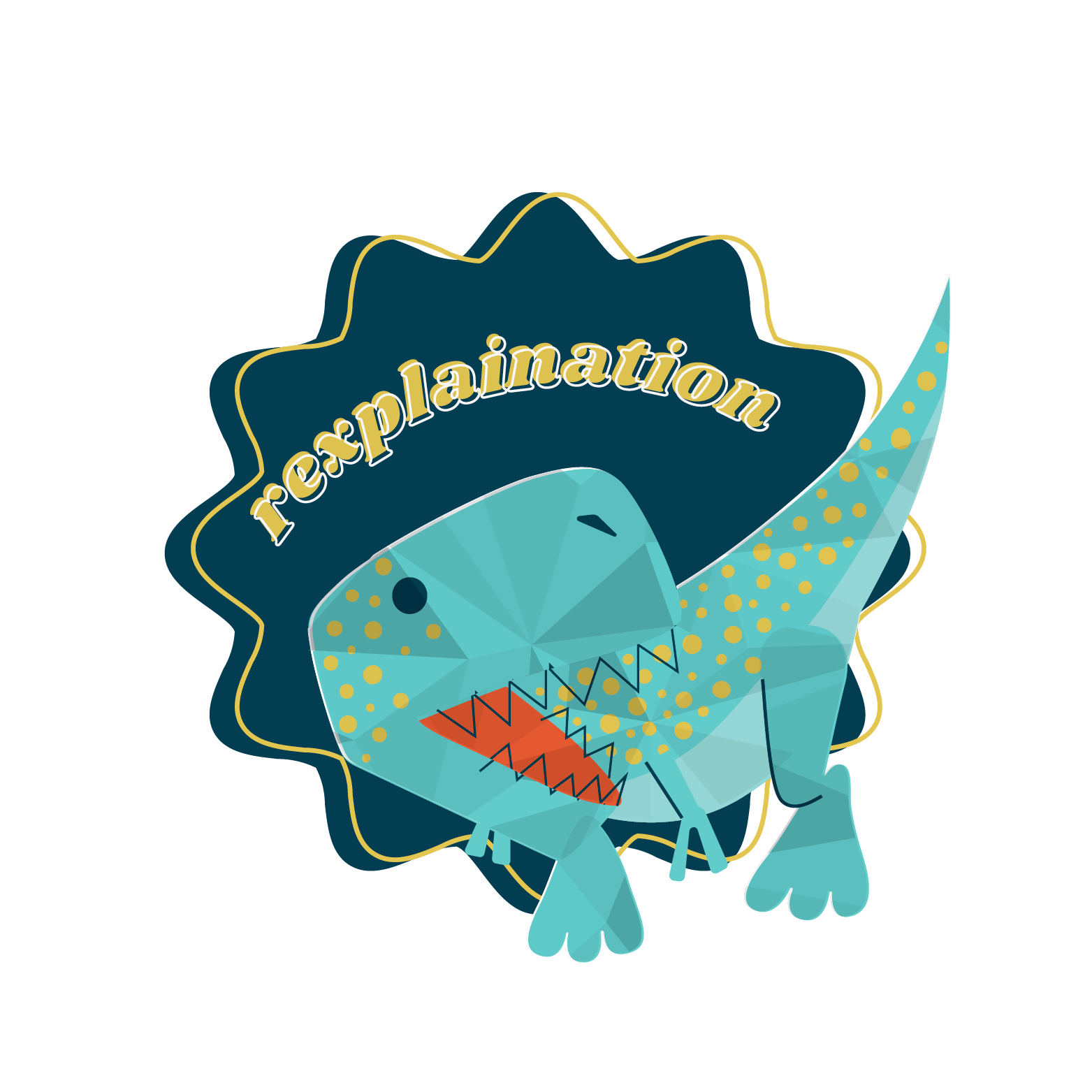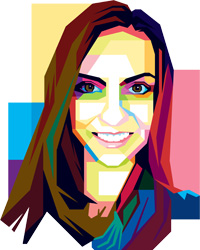Bitmap and Vector: What’s the difference and which format is best when it comes to logos?
Bitmap and vector. Vector and bitmap. Two file formats that, from the outside, don’t seem all that different. In fact, at a glance, you’d probably think you could easily swap one out with the other. But, if you look closer, you’ll see that these two formats are definitely not the same.
So, what is the difference between bitmap and vector?
As a graphic designer, this is a question I get all too often. It’s something that, if you don’t have a background in design, you’d likely never know. However, when it comes to marketing and making sure that your logo prints clearly and correctly, knowing the difference between bitmap and vector is essential.
Bitmap Images
Bitmap images, also known as raster images, are made up of tiny colorized squares called pixels.
Why do pixels matter? And how can they affect my logo?
Every bitmap image contains a finite number of pixels. This means that no matter what size the image is scaled to, the number of pixels will remain the same.
So, for example, let’s say we created an image in Photoshop. If we were to double its size, our image would still contain the same number of pixels. However, when we enlarged our image, it created additional space that those pixels now have to fill. They become less compact and the individual squares become more noticeable. Eventually, we begin to see those pixels instead of our eyes blending them into one cohesive image. This is the reason why we often come across images that appear jagged or blurry.
It is also a good reason why you should avoid using this file format for your logo. There are scenarios where a bitmap image will work, such as for a webpage or other digital use, but when it comes to print, a vector file is the way to go.
Below is a copy of our Systemax logo as a bitmap image. The one on the left has not been scaled or adjusted in any way. The one on the right has been enlarged over 10x. As you can see, this logo is now blurred and the edges of the airplane are no longer crisp.
Bitmap File Types
- BMP
- GIF
- JPEG
- EXIF
- PNG
- TIFF
Learn more about these file types here.
Vector Graphics
Vector graphics are comprised of points, lines, curves, and shapes that are based on mathematical formulas.
How are vector graphics different from bitmap images?
Unlike bitmap images, vector graphics do not contain pixels and are not limited to a specific size. They can easily be scaled up or down and still look as crisp as they did when they were created. This is why we always recommend that a logo used within a print application be set up as a vector file. It guarantees that no matter what it is used on, whether it is a business card or a billboard, your logo will always look its best.
What are the benefits of vector files?
- Scalability
- Quality
- Smaller file sizes
- Editability
- Different versions of vector logos can easily be converted and saved. For example, if you have a 2-color logo, but need it to be 1-color for an envelope, a vector logo can easily be changed to black or saved in one of your Pantone colors.
Vector File Types
- AI (Adobe Illustrator)
- EPS
- PDF
- SVG
Learn more about vectors and these file types
here.
For those who do not work day in and day out in the world of design, understanding files types and how they function can be a challenge. However, by recognizing the difference between bitmap and vector, and being able to identify which file types go with each, you can step up your game and guarantee that your logo looks its best no matter where it may go.





